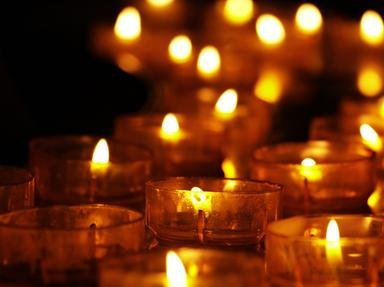Quiz Answer Key and Fun Facts
1. In the Monastery, THE DAY BEGINS. It is about 3:00 AM. Which canonical hour (or extension of another hour) has begun?
2. In the monastery, light appears with the coming of DAWN: DAWN IS A FEELING. Since it is now about 5:00 AM, which canonical hour has begun?
3. There is MORNING GLORY as the prayers continue at the monastery. Which canonical hour begins as we reach 6:00 AM?
4. At the monastery, it is now clearly THE MORNING: ANOTHER MORNING. Since it is now about 9:00 AM, which canonical hour have we reached?
5. Outside of the monastery we have reached the LUNCH BREAK: PEAK HOUR. Inside the prayers continue at 12:00 PM with which canonical hour?
6. It may seem like a long day at the monastery as we reach THE AFTERNOON: FOREVER AFTERNOON (TUESDAY)? Which canonical hour is it at 3:00 PM?
7. The day continues at the monastery as we continue into THE AFTERNOON: (EVENING) TIME TO GET AWAY. At 5:00 PM, which canonical hour is this?
8. At the monastery, the light begins to fade as we reach EVENING: THE SUNSET. Which canonical hour have we reached at 6:00 PM?
9. The light continues to fade at the monastery as we have now reached EVENING: TWILIGHT TIME. Which canonical hour have we reached at 7:00 PM?
10. At the monastery, it is THE NIGHT: NIGHTS IN WHITE SATIN, assuming the monks are allowed satin sheets. Which canonical hour have we reached at 2:00 AM?
Source: Author
bernie73
This quiz was reviewed by FunTrivia editor
looney_tunes before going online.
Any errors found in FunTrivia content are routinely corrected through our feedback system.
